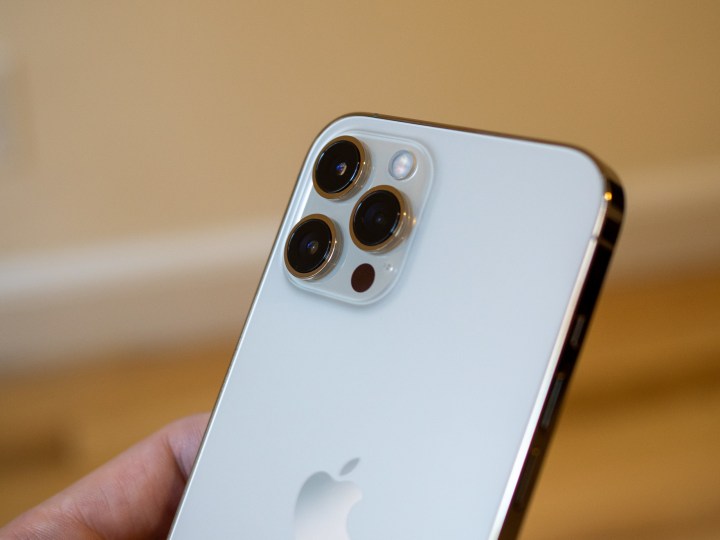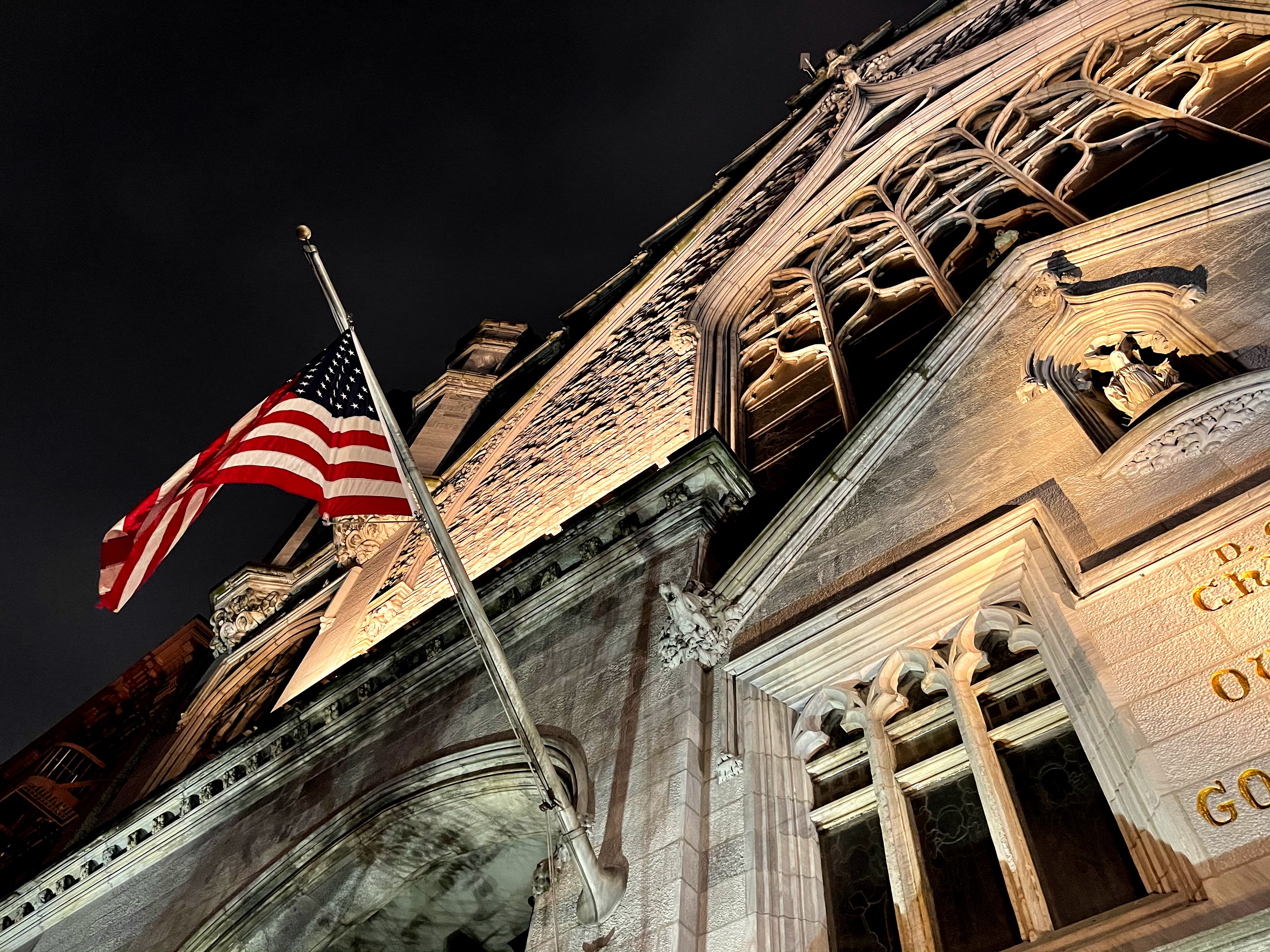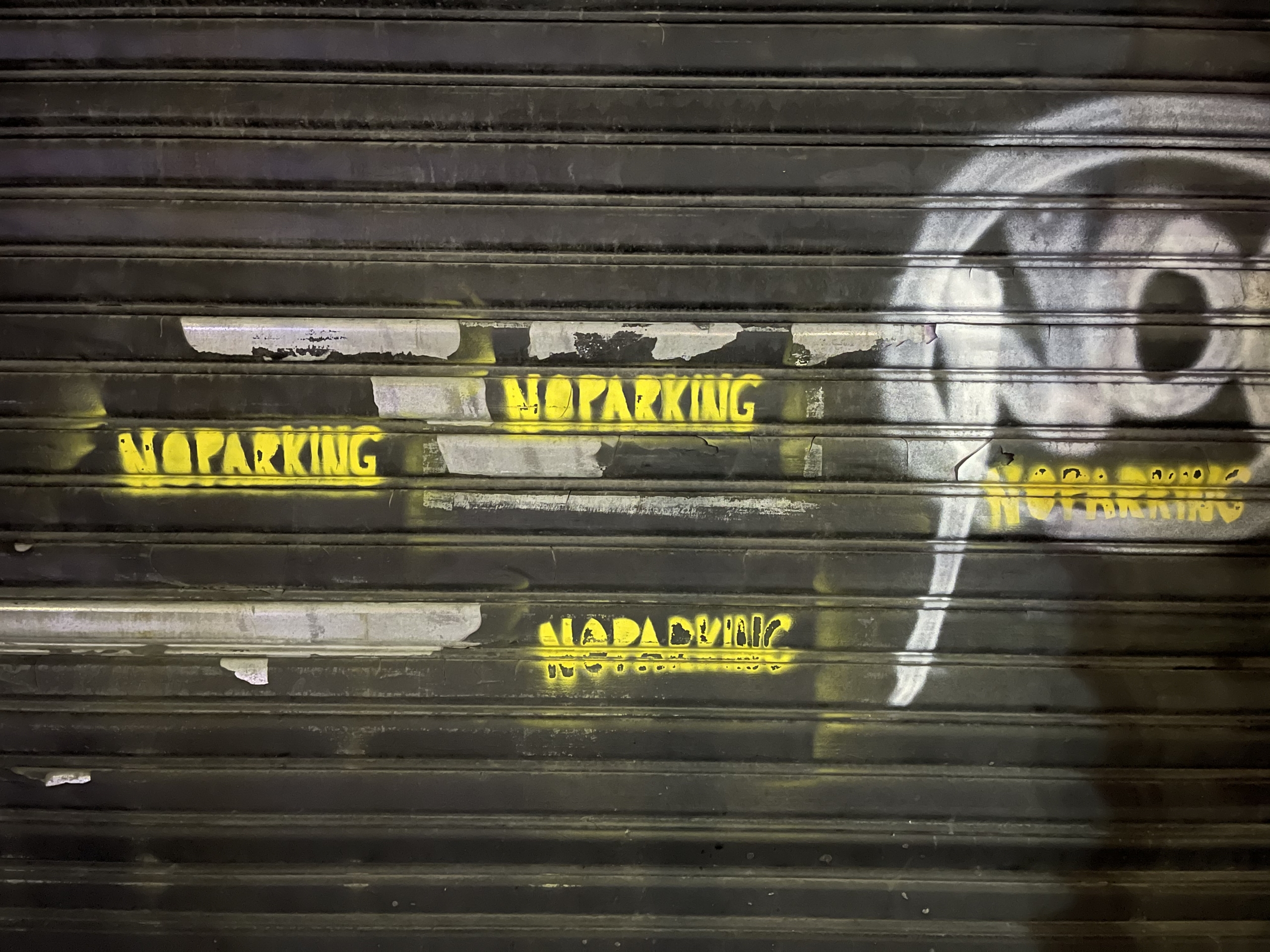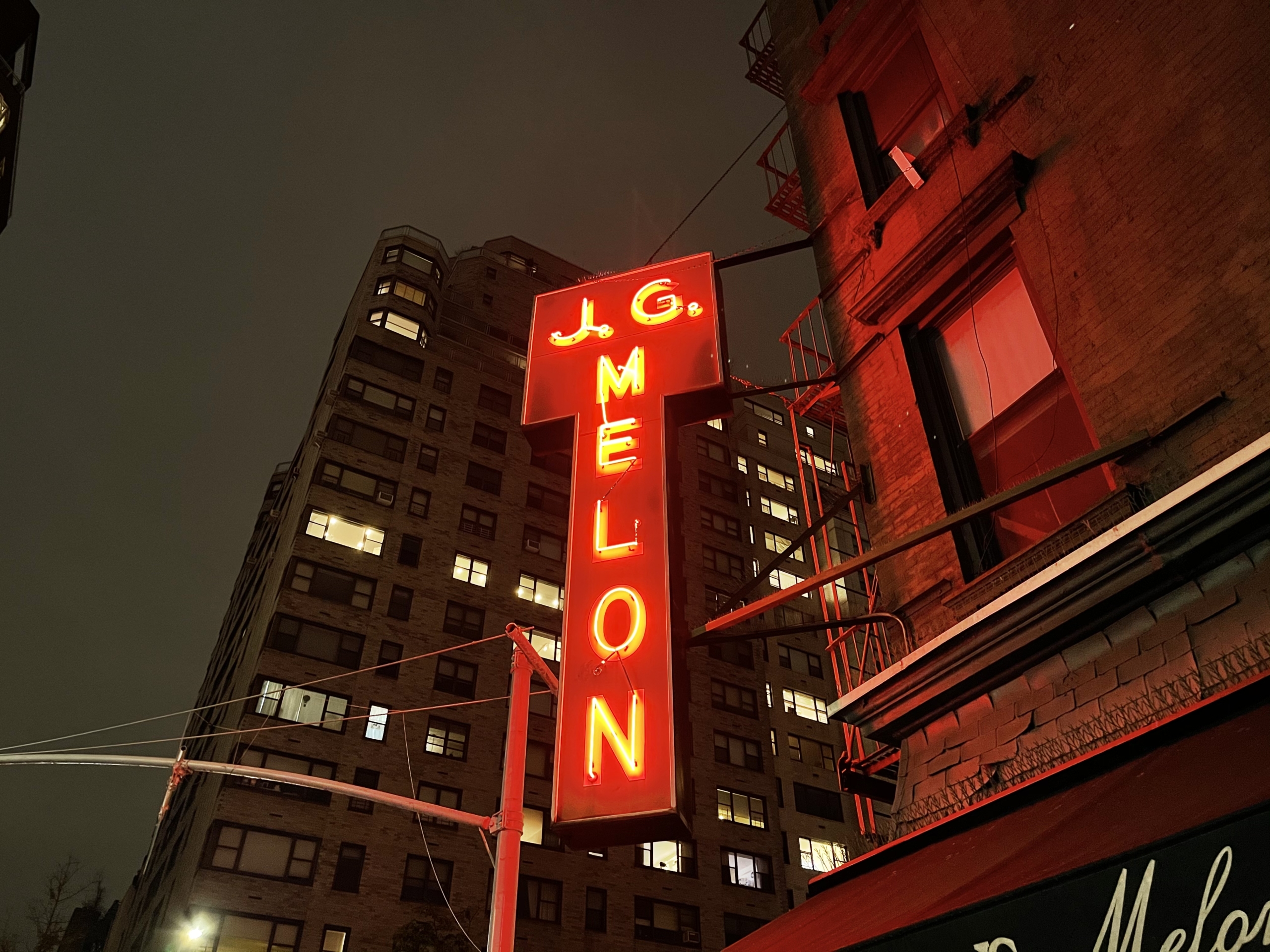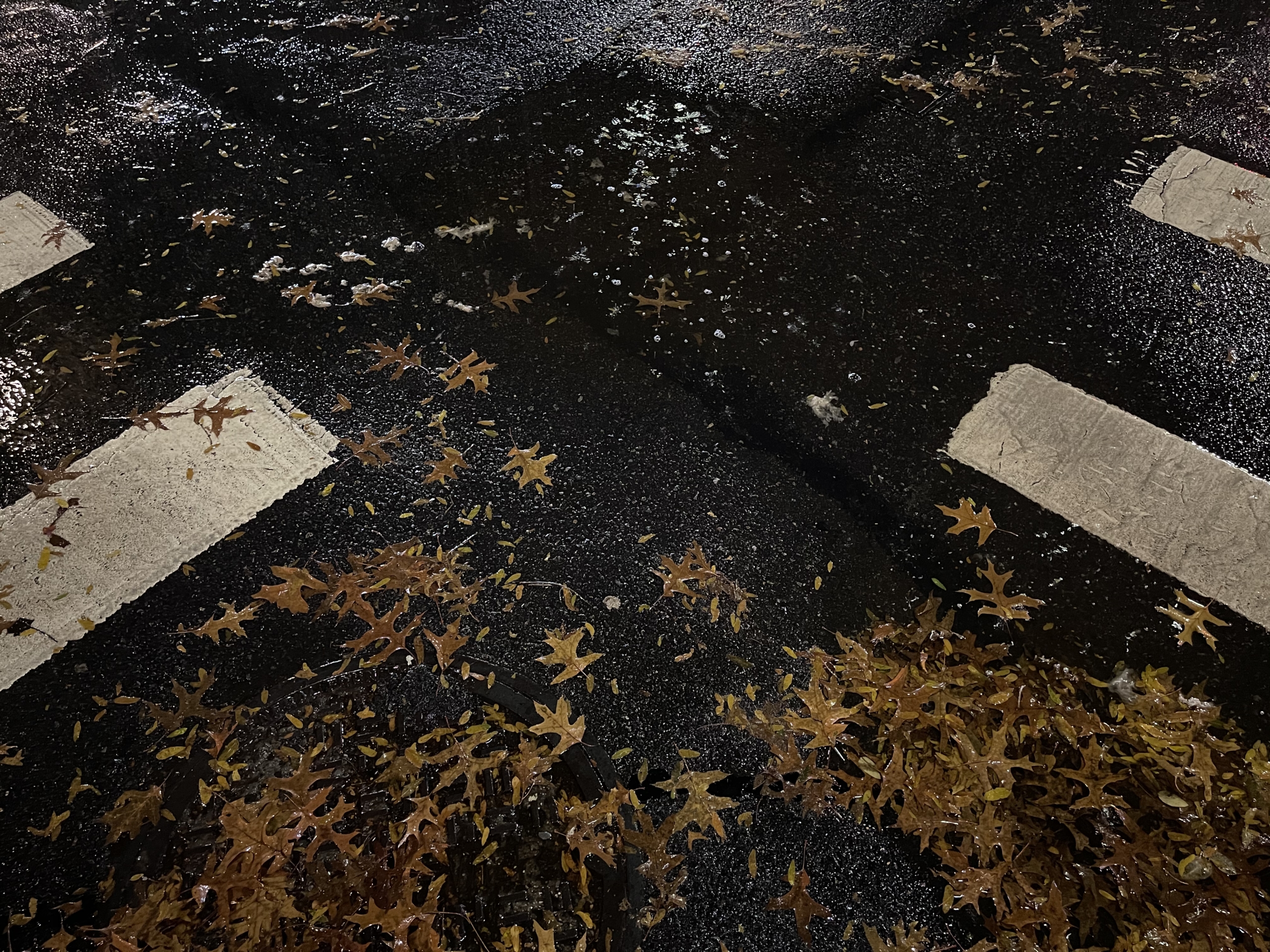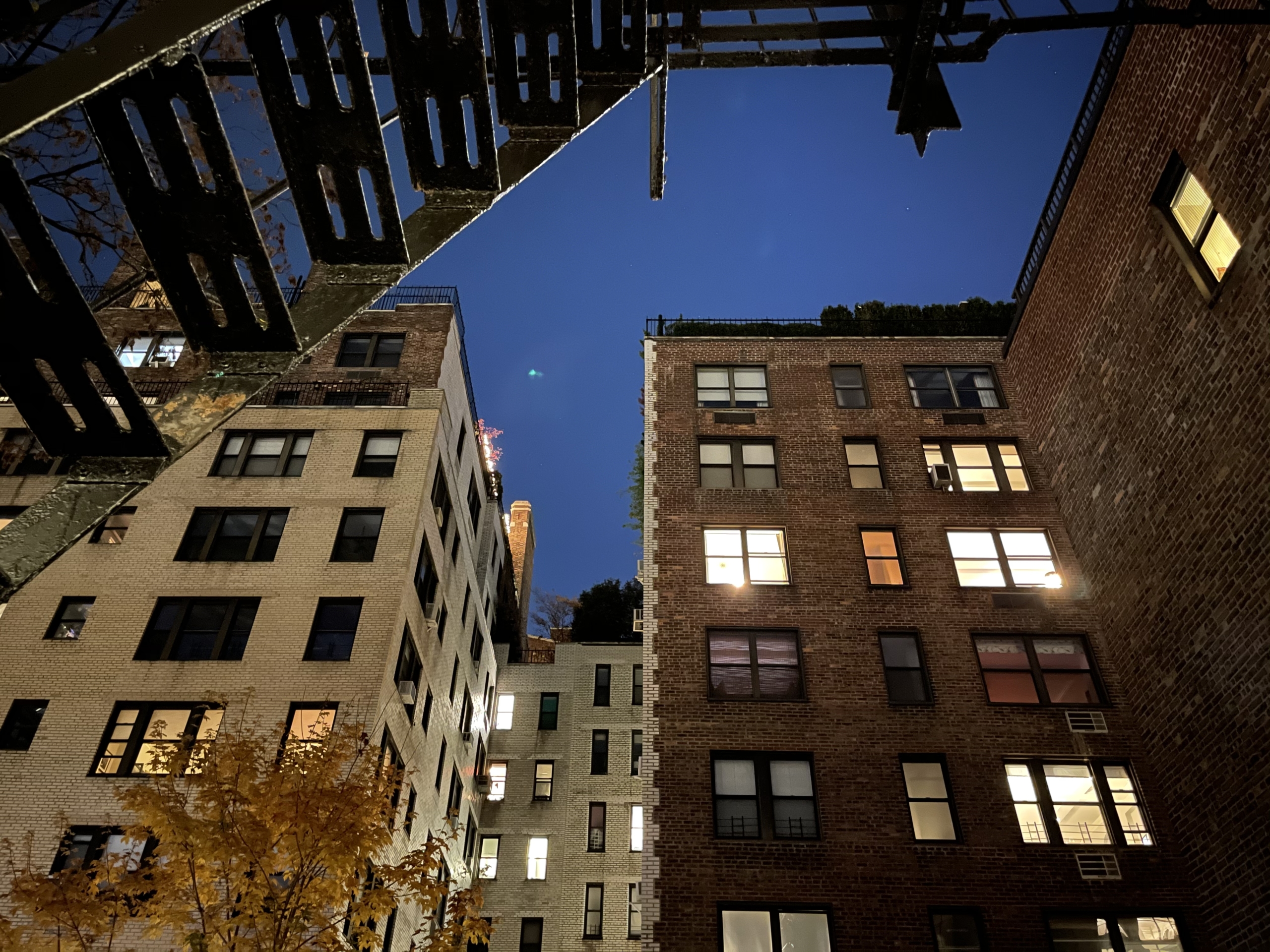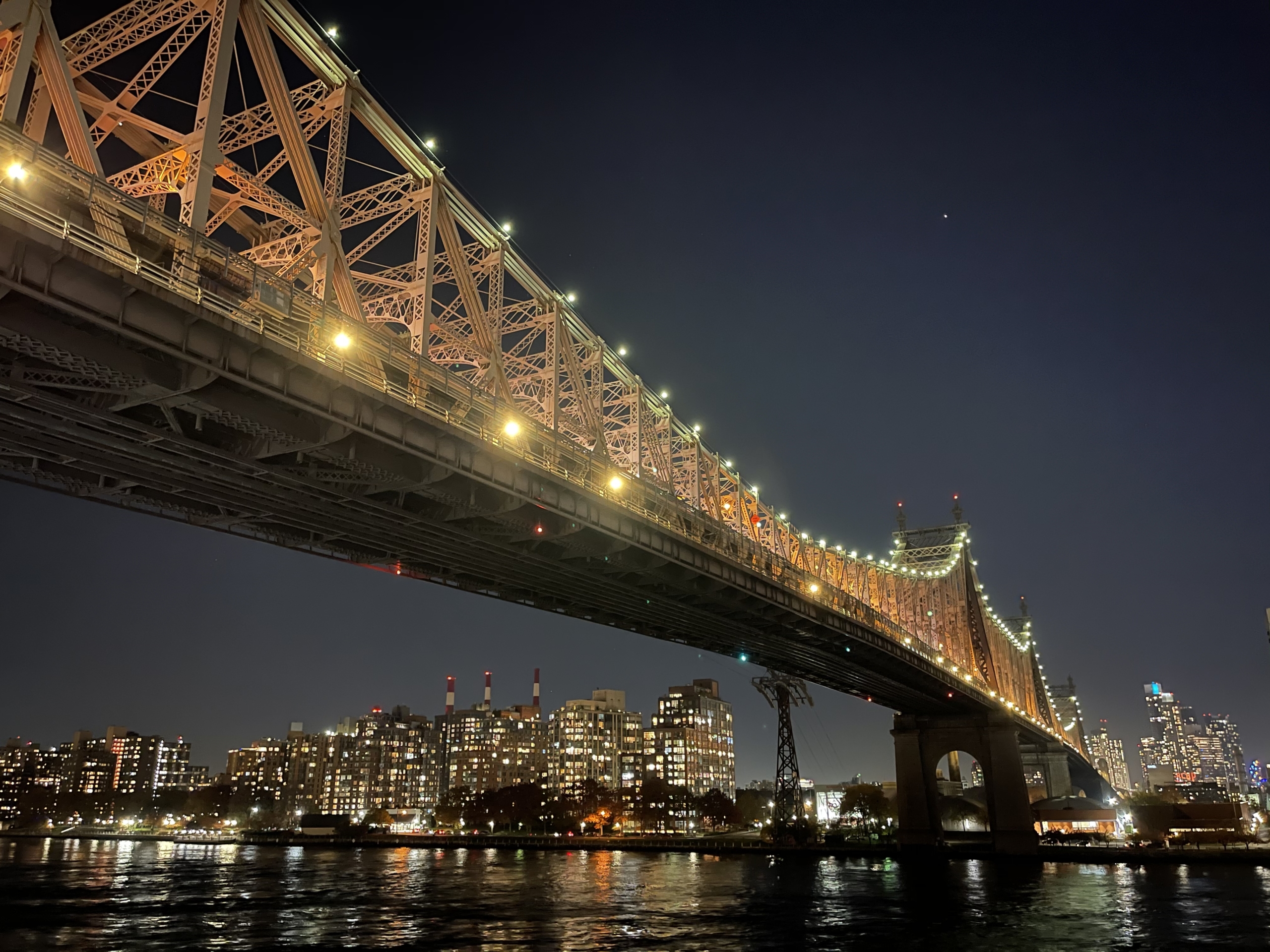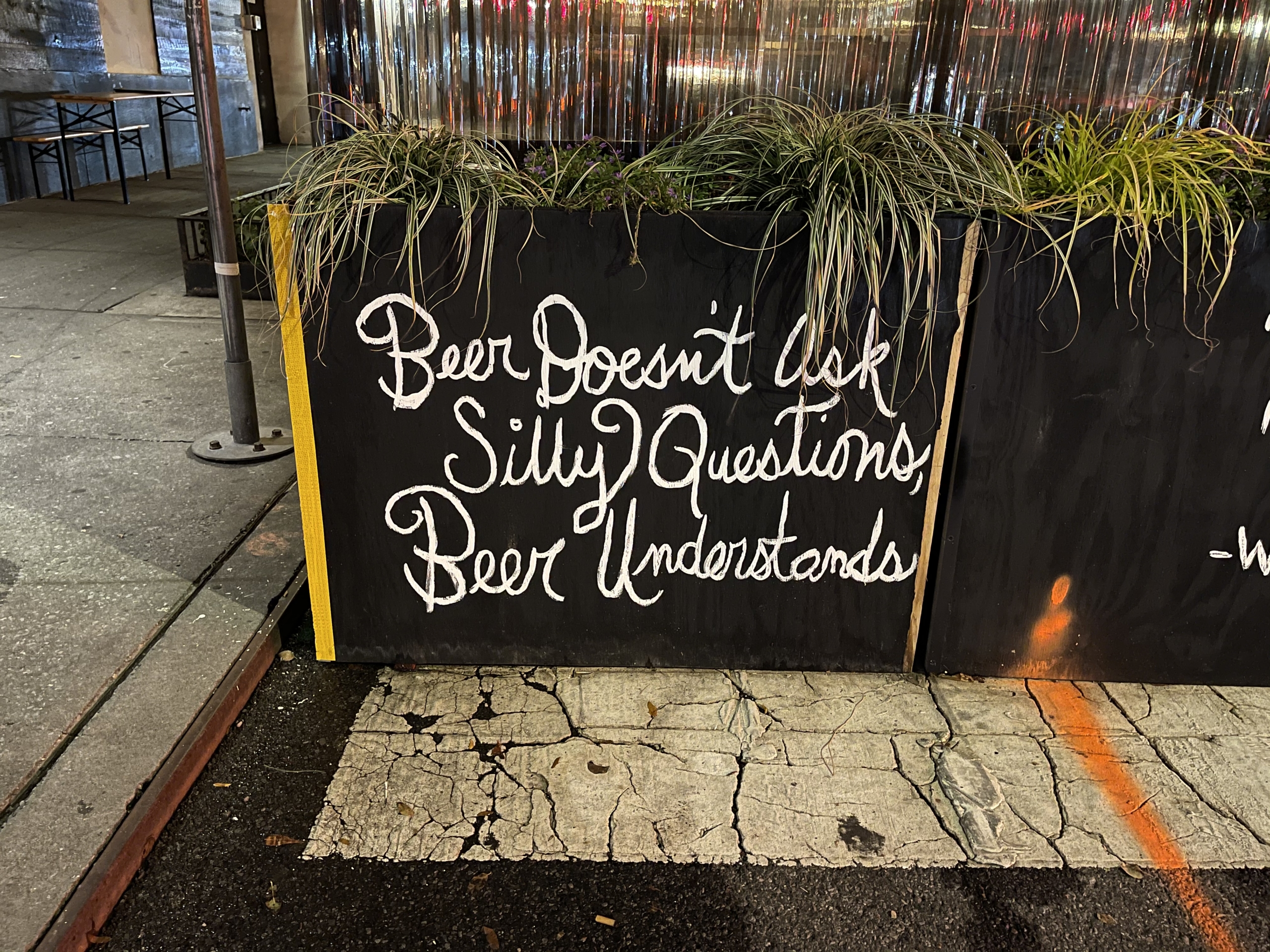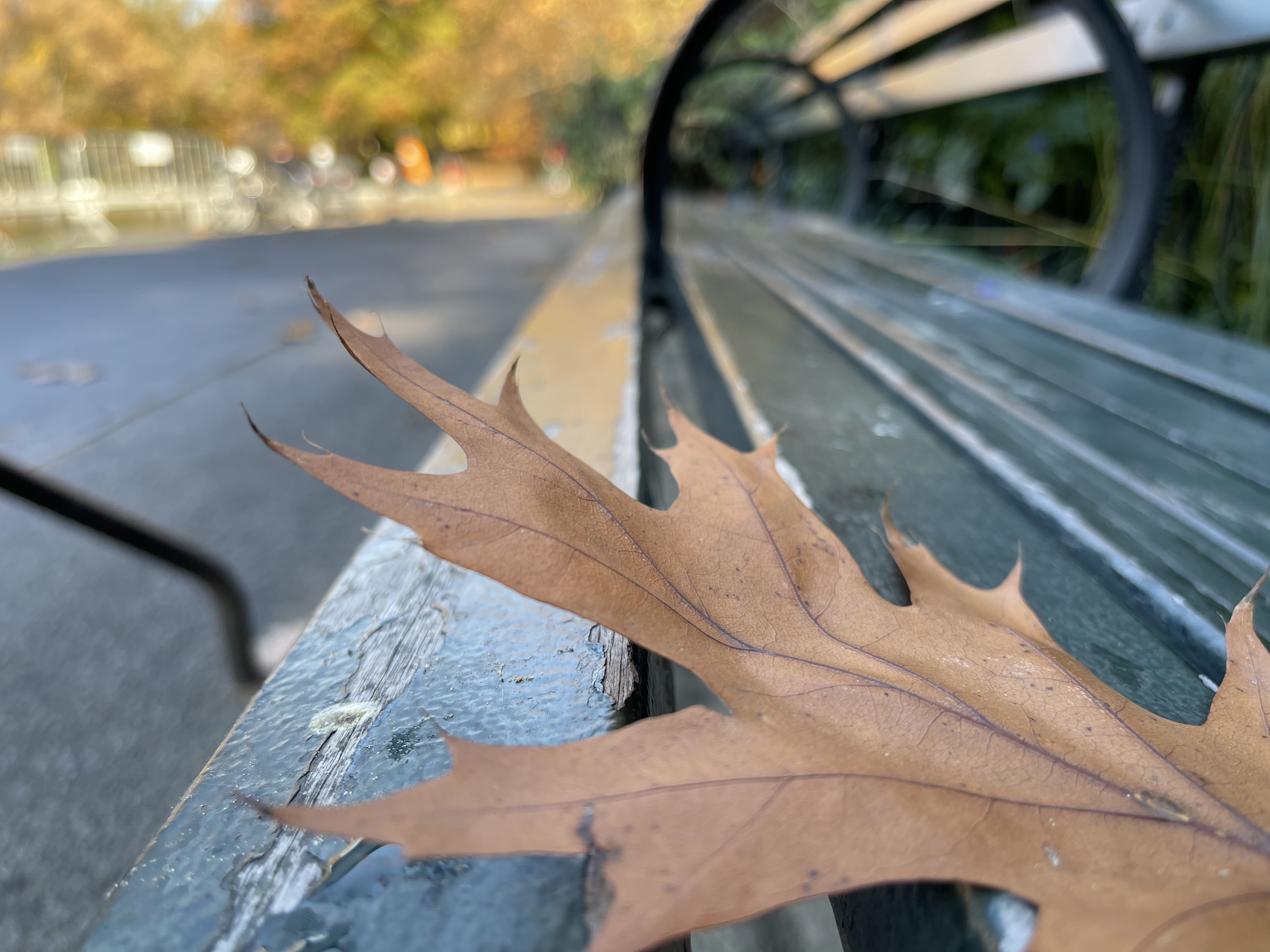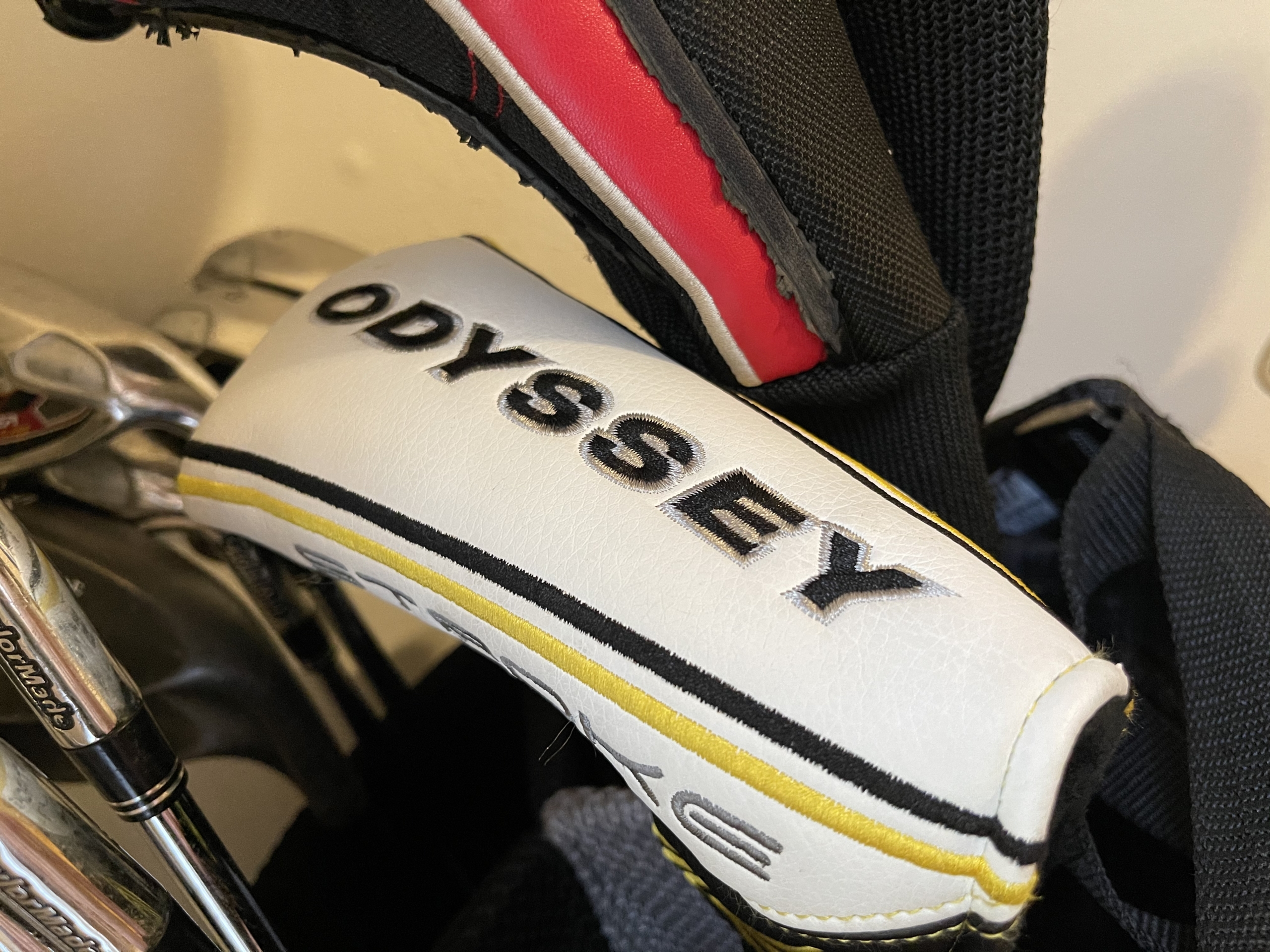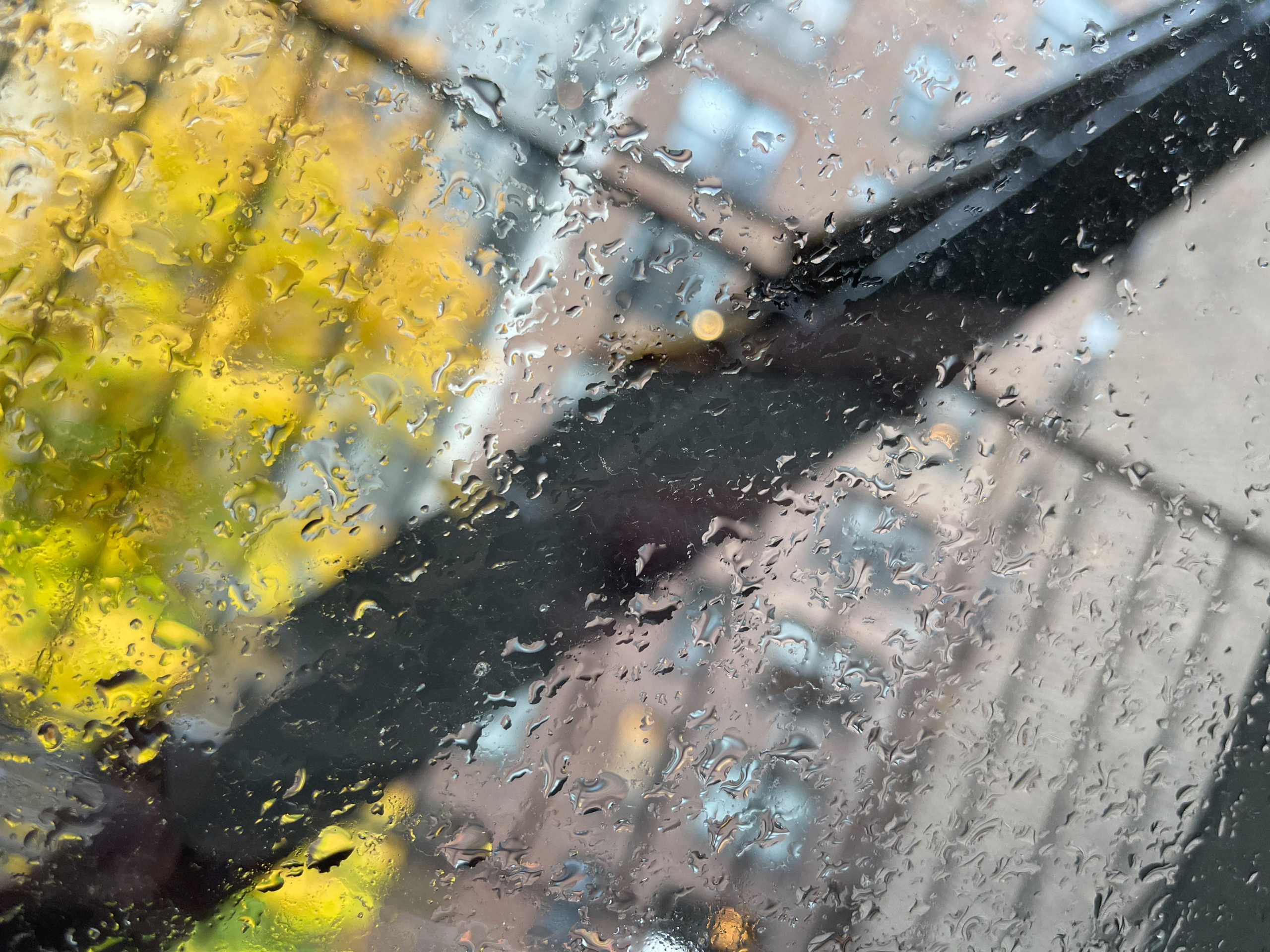“This is the iPhone with amazing battery life and an exceptional camera experience, but it comes at the price of being too big for most people to manage.”
- Large and beautiful display
- Excellent hardware quality
- Top-notch camera experience
- Long battery life
- Incredibly large
- Very heavy
It was in some ways frustrating for the iPhone 12 Pro Max to launch a month later than the iPhone 12 Pro, because we couldn’t immediately compare them side by side. But working under those constraints has provided me with extensive time using the iPhone 12 Pro, so now that I finally have a 12 Pro Max in my hands, I can leverage that considerable experience with the platform.
That lets me evaluate the three huge things (emphasis on huge) that differentiate the iPhone 12 Pro Max: The size of the phone, its subsequently larger battery, and its improved camera system.
The basics: Hardware, specs, and software
The “Max” iPhones have a short history, but have gained an extremely enthusiastic following. Some people have seen the value of having a huge iPhone and never looked back. For those people, the iPhone 12 Pro Max is wonderful — it’s yet another huge iPhone, brought up to the modern era of Apple hardware design and features.
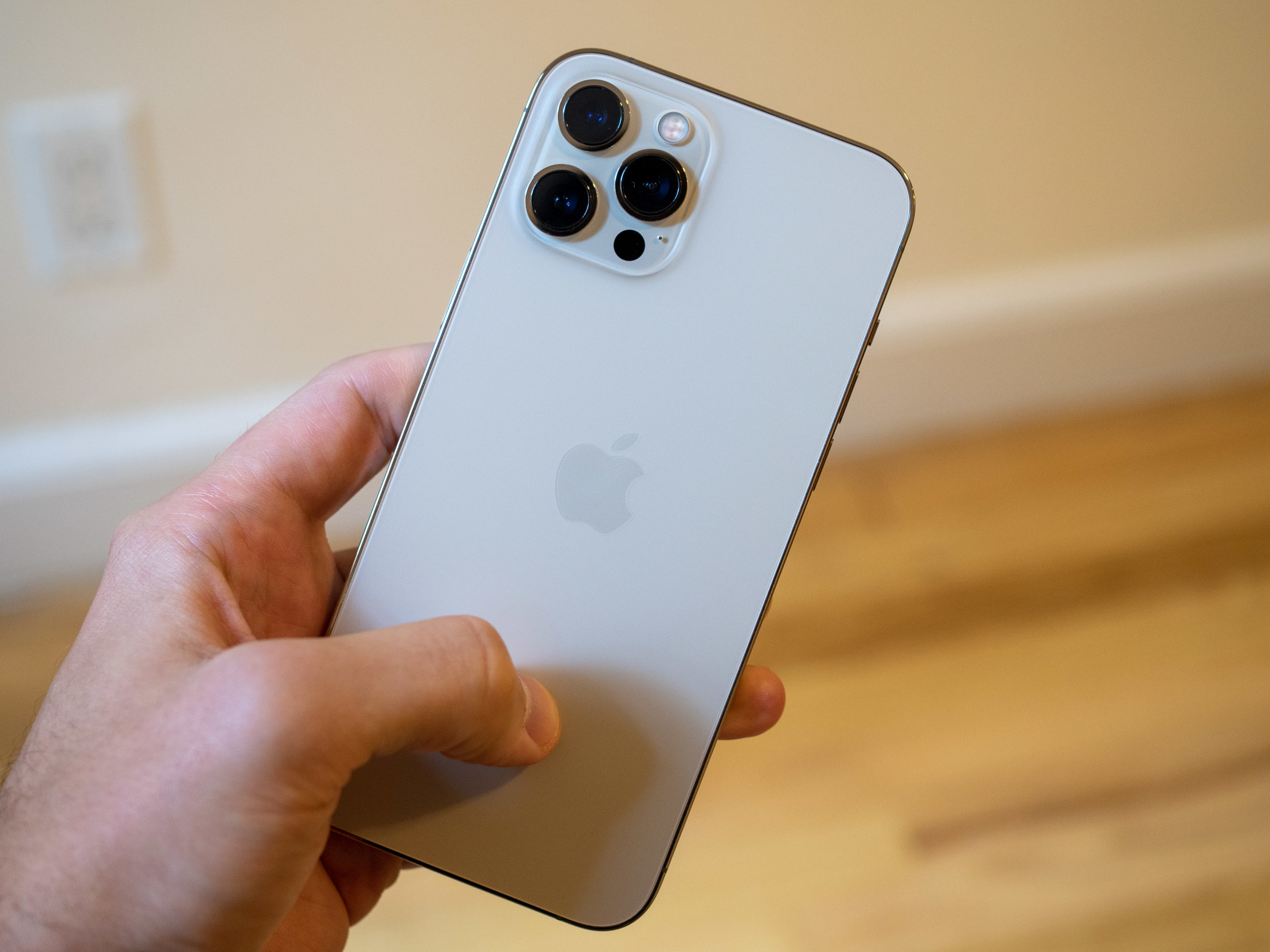
If you like the design of the new iPhones, as I do, you’ll love that you just get more of it in the 12 Pro Max. The proportions of everything at this size are a bit odd when you really look at it, but I’m nitpicking — this phone is gorgeous. The stainless steel frame and matte glass back feel fantastic and look the part of a super-expensive phone.
If you like the look of the new iPhones, you’ll love that you just get more of it in the 12 Pro Max.
The whole affair is taken to a new level in this gold color I have, which I’ve dubbed the “Kardashian Special.” The hyper-shiny gold sides are just … a lot. They’re so reflective that you regularly see strong light reflections on tables and walls around you, which is just incredible. Thankfully. the matte glass back has a subtle pearlescent look to it, dulling down the overall effect. But I’ve quite enjoyed the phone in the absurdly expensive, but excellent Apple leather case. Those shimmering gold sides still peek out along the edge of the case just a tiny bit, though!
Everywhere else, you get the same specs and features as the standard 12 Pro, without a single drawback. The same A14 Bionic processor, 6GB (reportedly) of RAM, 128/256/512GB storage options, 5G connectivity, Ceramic Shield glass, speakers, and on down the list. Face ID continues to be excellent (our current mask-wearing situation notwithstanding), as does the tactile feel of the buttons, mute switch, and haptic feedback — these are the little things that Apple is so good at. This is just an iPhone 12 Pro scaled up — and that’s mostly a good thing.
If you haven’t yet read all about the iPhone 12 Pro, I strongly encourage you to read my complete review of the 12 Pro first, and come back here for the details specific to the 12 Pro Max.
A truly large phone
The major selling point of the iPhone 12 Pro Max is the same as it ever was: You get a massive display. It’s now up to 6.7-inches, and the effect of this year’s smaller bezels is enhanced by their proportional size to the screen area. The OLED panel is absolutely gorgeous — incredibly bright, crisp, and colorful. It’s perfectly viewable in all lighting, including outside, even when the brightness isn’t cranked up while viewing HDR content.

I can’t find a flaw with it … well, other than it doesn’t have a 90Hz (or higher) refresh rate like the Android competition. But even still, Apple does things with software that make 60Hz still look good. These are all of the same assessments I had of the iPhone 12 Pro’s display, mind you, but I appreciate it all over again in this bigger size.
It’s not the biggest phone display out there, but it’s close.
Of course it’s not the biggest phone display out there, but it’s close. The Galaxy Note 20 Ultra is larger, and pairs its display with even smaller bezels, but it’s also a bit taller as a result. Really, you wouldn’t notice a usable difference between this 6.7-inch screen and any other big Android out there. The important thing is that the 12 Pro Max gives you an appreciable amount of additional screen than most phones in the lower 6-inch range.
Size comparison: iPhone 12 vs. iPhone 12 Mini vs. iPhone 12 Pro Max
However, as the “normal” iPhones have gotten larger, now up to 6.1-inch displays, they really don’t feel so cramped, which subsequently makes the iPhone 12 Pro Max feel less necessary. And iOS 14 looks and operates exactly the same on this 6.7-inch display as it does on the 5.4-inch iPhone 12 Mini.
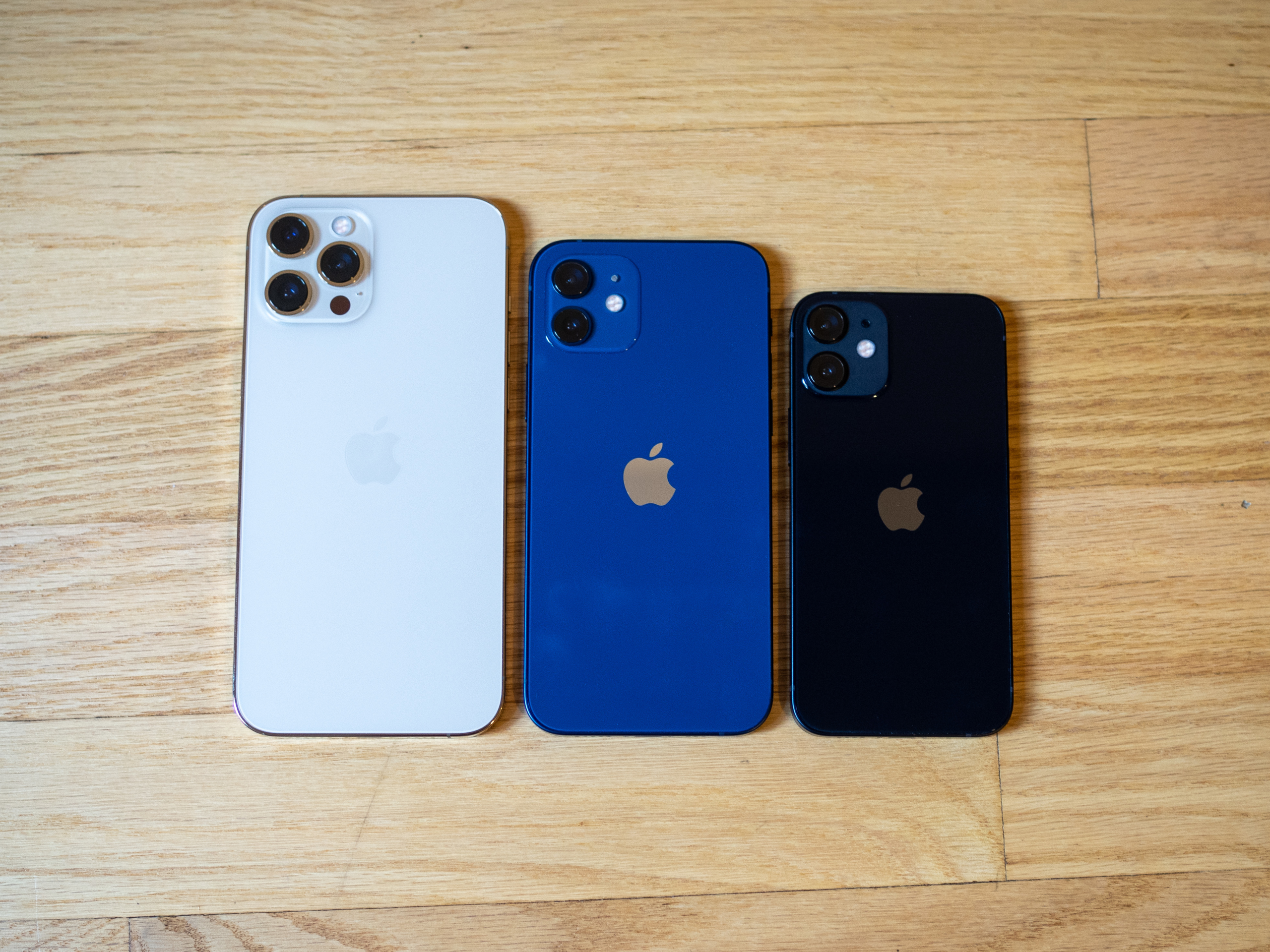
You can’t do any different multitasking than you can on any other iPhone, nor do you get much more utility out of picture-in-picture video viewing. Even though you can put widgets on the home screen now, you don’t have any extra room to put them; you’re still stuck to the same 4×6 grid size. Apps mostly just scale up to fit the screen, rather than keep elements the same size and show you more content. For example, in Gmail, you see one more email in the inbox. In Twitter, you see maybe an extra half of a tweet.
You can use the “zoom” function to make everything on the screen bigger, but you can’t go the other way and make content smaller, which is what a lot of people want. You can drop the text size down, which is what I’ve done (by one notch), and that at least helps you make a little more use of the screen.
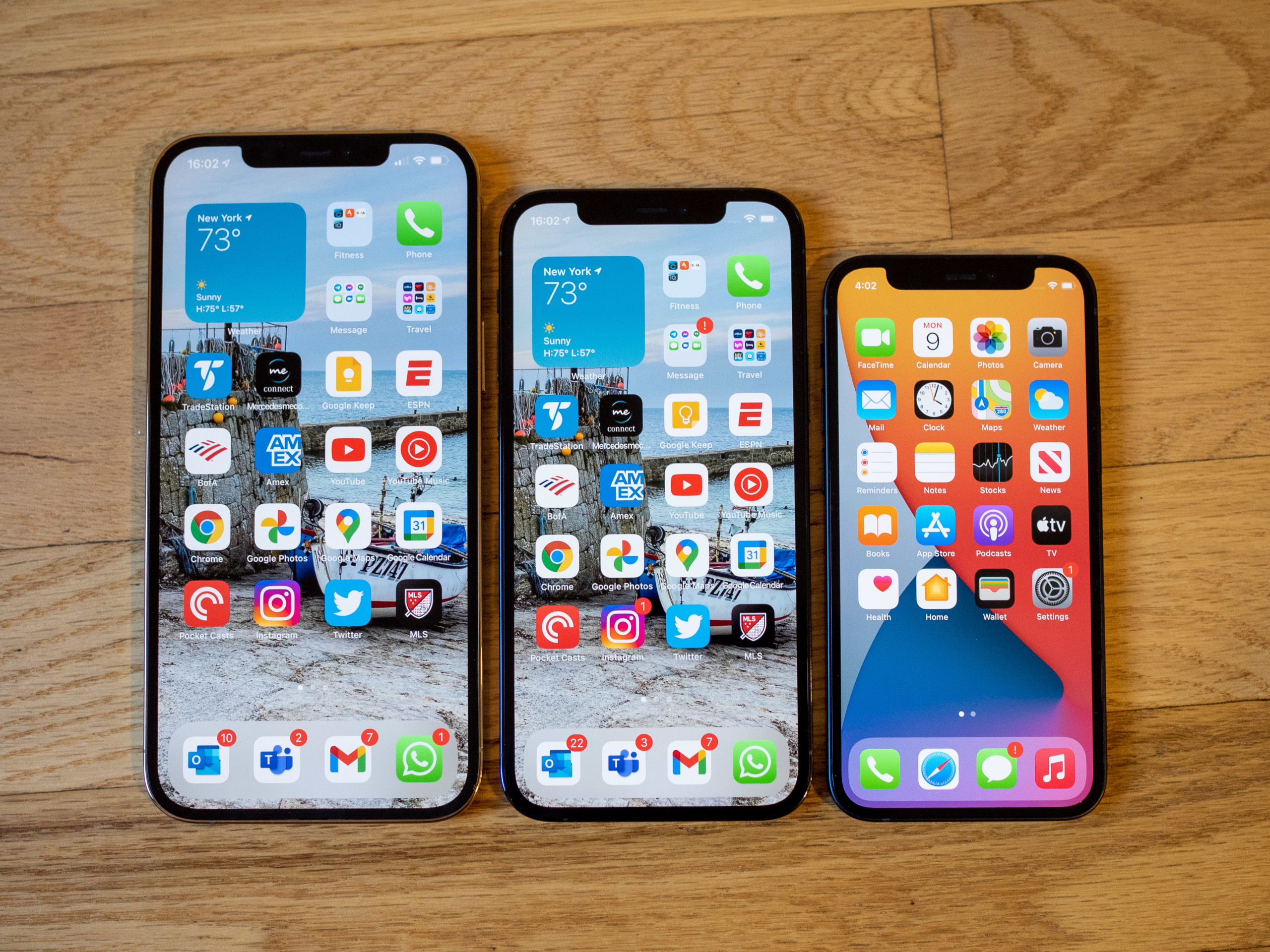
That bigger screen is still appreciated when you’re watching video, playing games, taking and editing photos and video, browsing nonmobile websites, and typing with two hands. The media experience is only enhanced by this larger screen, and some people really do spend hours a day watching video on their phones — the 12 Pro Max delivers an excellent experience there. There are also people who don’t have great vision and appreciate a phone that just makes everything huge.
It feels like a lost opportunity to not give the Max a little more capability in the software, to help utilize that screen size, especially now that we’re a few generations into these Max phones, and with developments in the same area on iPadOS.
The media and gaming experience are enhanced by the larger screen, but otherwise nothing changes.
That’s particularly true because this larger screen comes at a cost: A larger overall phone. The 12 Pro Max is about 9% taller, 9% wider, and 20% heavier than the 12 Pro. Those are serious jumps, particularly in weight — at 228 grams, it’s one of the heaviest smartphones available today. That stainless steel frame adds up.
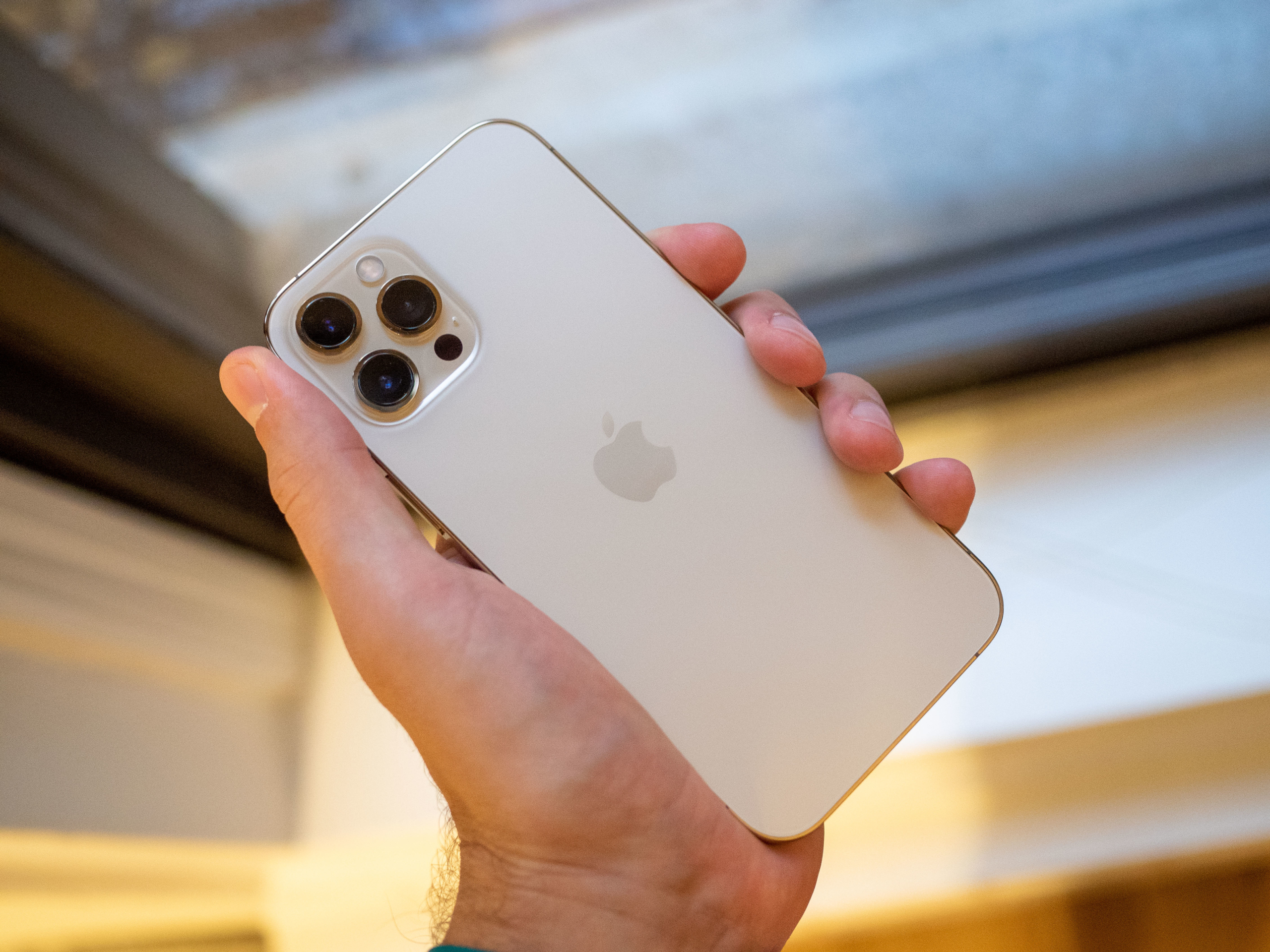
It’s big enough to be cumbersome in a pocket, notably weighing down gym shorts and cramming jean pockets. And it certainly won’t fit in most women’s pockets — it’ll take up space in a bag instead. It just barely fits in my running belt, and only without a case. Since it’s so heavy, I’d rather leave it at home for long runs.
The phone is downright massive, and tough to handle. Only you know if that’s worth dealing with.
It’s downright awkward to use in one hand for anything beyond scrolling through feeds or holding the phone to read. Even with my big hands, reaching across the screen or swipe typing is a chore. Thankfully, the “reachability” gesture (swipe down on the bottom-center of the screen) lets you get to the “top” of the screen without fumbling the phone. Most tasks are dramatically easier with a second hand, some tasks require it, and once you resolve yourself to that fact and stop even trying to use it one-handed, the overall experience improves.
Battery life
With the first Max iPhone, it seemed as though most people bought it simply for the battery life. A bigger phone has more room for battery, and with everything else staying constant, that should translate into much better battery life. As usual, Apple gives you neither battery capacities nor realistic battery benchmarks for its phones, but that’s why I’m here.
The iPhone 12 Pro Max is a battery champion, thanks to a very simple equation: It has a 30% larger (rumored to be 3687mAh) battery than the 12 Pro. If you need a phone that can go all day, every day, with no regard for saving battery, this is it. On my usual day of messaging, podcast listening over Bluetooth, tons of emailing, and using social media apps, mostly on Wi-Fi, I would end the day at 40% battery after over three hours of “screen-on” time.
The 12 Pro Max is a battery champion — you don’t have to think about it.
The closest I got to hitting Low Power Mode, which triggers at 20%, was a day with three hours of hot-spotting to my laptop, including streaming the Apple “One More Thing” event. Even still, I had just over 20% when I went to bed. I experienced solid battery life on the smaller 12 Pro, but recognized that when you push it hard, it can get a little dicey. That just isn’t the case on the 12 Pro Max — it’s never going to lead to battery anxiety.
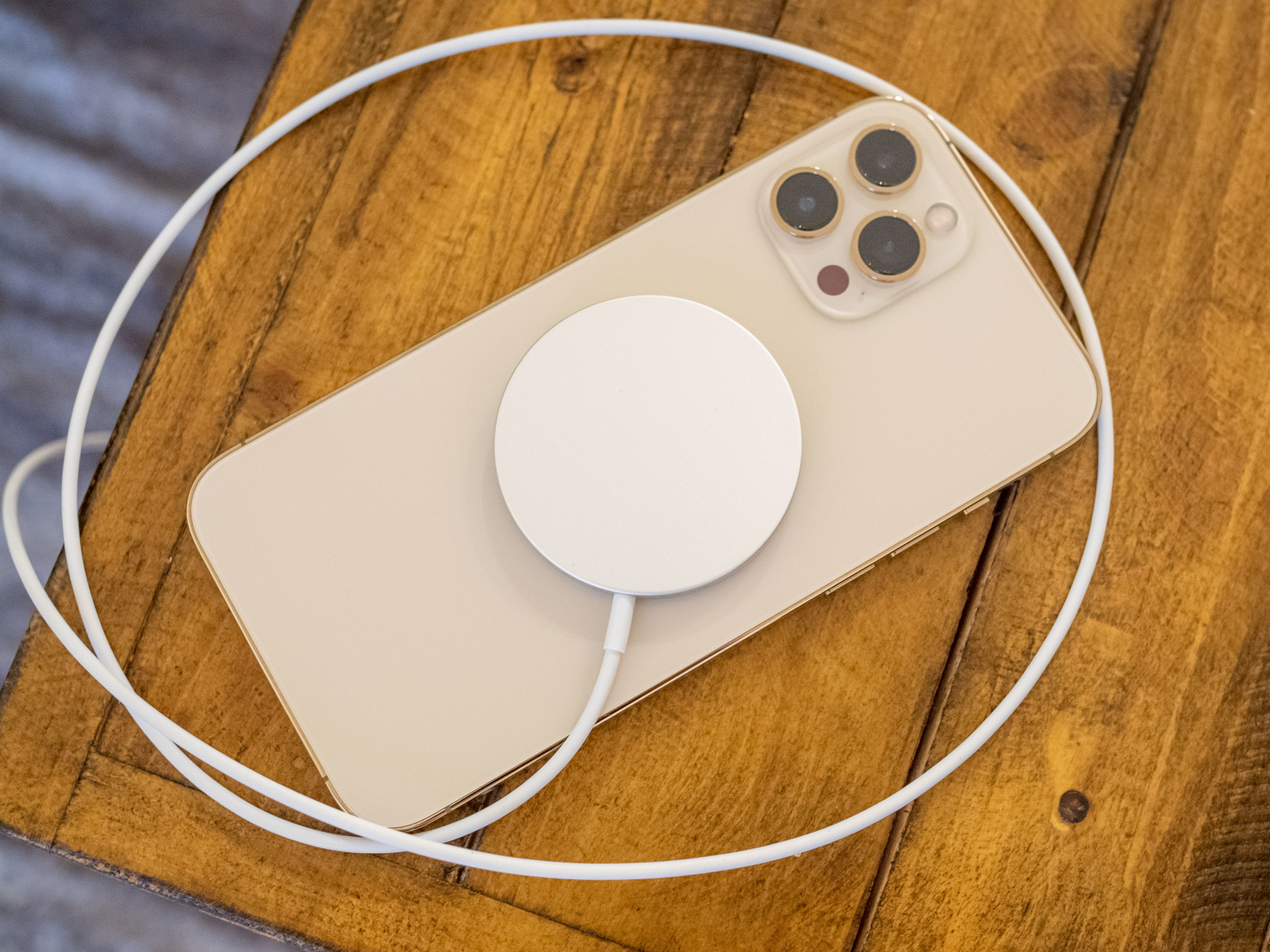
We’ve gotten used to the fast recharge times provided by the iPhone’s small battery, but with the 12 Pro Max, that isn’t the case. If you ever do drain the battery, or miss an overnight charge, you’re going to need to be mindful of how long it takes to top back up.
You can get from dead to 50% in a little over 30 minutes, which is good enough, but it takes over an hour more to get to 95%. And that’s if you buy a 20W charger (remember, there isn’t one in the box). There are lots of great choices from companies like Anker and Aukey, and it’s basically a requirement for the 12 Pro Max. Charging with anything less is a real pain. The MagSafe charger is roughly 30% slower than a 20W wired charger, or it’s a multihour affair if you plug into an older plug under 10W — and even worse on a generic wireless charger.
Cameras
Apple bifurcated the Pro line with an altogether new main camera sensor on the Pro Max, and it’s a big change. The 12-megapixel sensor is 47% larger, which at the same resolution means each pixel is dramatically larger. Bigger pixels let in more light, which is always a good thing — light is the currency you purchase crisp photos with. The sensor itself is also physically stabilized, not unlike the way dedicated cameras offer stabilization, which is different from the OIS on most other phones (including the 12 Pro), where the lens is stabilized.
The benefits are immediately apparent in lowlight photos. With bigger pixels, the camera doesn’t need to lean on long Night Mode exposures as often, meaning you have less softness and blur from hand shake or moving objects in your scene. That means photos of people and pets are more likely to be crisp, even in challenging lighting conditions. But that’s more of a side bonus: The real impact is that every single photo you take in low or mixed lightning is brighter, sharper, and more colorful.
Lowlight shots have great detail, textures, and sharpness, and for the most part, it comes without a fake overprocessed look. In some instances when using Night Mode for a 3-to-4-second exposure, the contrast and saturation are a bit overblown, to the point where it actually looks better to go back to a 1-second exposure. Other times, I’d just turn off Night Mode to get a natural shot, and the sensor easily pulls in enough light to keep things from being noisy or grainy. I feel Apple could actually tweak more to really leverage the big sensor and lean on Night Mode even less.
As lighting improves, the 12 Pro Max’s camera advantage decreases. Most shots are indistinguishable from what you get on the 12 Pro’s camera. But that’s not a bad thing; the 12 Pro takes amazing photos. It’s in those edge cases where you have shadows or mixed lighting that you notice the big sensor going to work again — not to brighten those areas, but to represent them properly, without noise.
You see the big sensor at play once again with close-up macro shots and portraits. Because the sensor is so large, and has an f/1.6 lens, you can get incredible natural bokeh (background blur) if you’re smart about your tap-to-focus target. If you strategically lock on a good focal point, the background defocus is excellent. The effect is to the point where I really didn’t bother with Portrait Mode, which still has quirks and problems far too frequently. Natural bokeh is always better than fake, and this camera does it incredibly well.
The ultrawide camera is identical to the other iPhone 12 models — really good by ultrawide standards, and great for mixing up the perspective of your shots. The telephoto camera does have a 25% longer focal length than the 12 Pro, but I still wouldn’t call it “telephoto” at only a 2.5X zoom over the main lens. Still, any improvement is good as the whole point of a telephoto camera is to have the specific look provided by a narrower field of view. It gives you that perspective shift, and you can take great zoom shots with it.
Dolby Vision HDR video, which Apple is making a big deal out of this year, is also unchanged on the 12 Pro Max. Shooting with a larger viewfinder could be a bonus for your budding film career, but HDR video really shouldn’t be a deciding factor in your phone buying decision — and of course, it’s available on all iPhone 12 models. Yes, even the $699 Mini.
The selfie camera is also the same; it takes great shots if you have good lighting, but starts to falter in darker scenes and leans heavily on the screen-based flash. Night Mode on the selfie camera is hit-or-miss, considering you really can’t overcome just how small of a sensor and lens you’re working with — and it’s tougher to keep your hand steady when your arm’s extended.
Our take
The iPhone 12 Pro Max is defined by three things: Its huge size, its long battery life, and its more capable camera. If you buy it, it should be because of the first feature, not the latter two. I truly believe that only those who want a large phone, with its big screen and extra space to work and play, should buy one. Anyone who buys the iPhone 12 Pro Max because of the expectation of longer battery life and camera improvements, despite being a size larger than they can handle, will be disappointed.
Yes the battery life is exceptional, notably better than the iPhone 12 Pro. And the camera is more capable at night, even by the high standards Apple set with the iPhone 12. But the phone is downright too big for most people to comfortably use in one hand, and is large enough to be a hinderance to carrying it on your person. That’s not a situation you want to put yourself in if you don’t immediately see benefit in the size of the screen. No improvement to battery life or the camera is worth being constantly upset that your phone is too big.
If you’re drawn to the big phone, the $1,099 starting price is reasonable. You’re paying just $100 more than the iPhone 12 Pro and getting much more phone.
Are there better alternatives?
In this size category, there are few phones that compete. Samsung’s Galaxy Note 20 Ultra is the obvious pick, with a huge display and excellent set of features that can go toe-to-toe with the 12 Pro Max. Plus, it has an integrated stylus, which is a real differentiator. But most people aren’t regularly switching between iPhones and Androids, so it may not be an option.
The other obvious choice is to go down a level to the iPhone 12 Pro. It’s a “normal”-size phone that is easy to use one-handed and doesn’t ever feel like a burden to manage, but it has all of the same core features of the 12 Pro Max. It really is a question of whether you can handle the weaker battery life (which is still fine by average phone standards) and having a smaller display, and can come to terms with not having the best camera Apple makes. The size is personal preference, but on the camera front, we’re talking marginal improvements here; the 12 Pro’s main camera is great, too.
How long will it last?
Apple has an excellent track record for supporting and updating its phones for several years. The iPhone 12 Pro Max has the hardware to run the next four (or more) versions of iOS flawlessly. And its hardware, with a stainless steel frame and IP68 water resistance, should hold up as well.
Should you buy it?
Yes, if you meet two qualifications. The first is that you want, or can manage, a phone that’s this large. And second is that you are fully expecting to push the limits of the camera system. If you aren’t here for both of those things, you are better off with the base iPhone 12 Pro.


